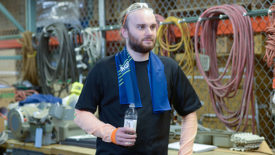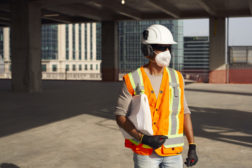Workplace Health
How to manage fatigue in the real world
The following is a summary of a worldwide SafeConnection Expert Panel Webinar
May 25, 2022
Training
Invest in workers to prevent absenteeism, cut operating costs
Preventative training is essential when there is risk of workplace injury
May 17, 2022
Health
Focus On | Early intervention
A comprehensive guide to the emerging field of athletic trainers and industrial athletes
April 12, 2022
Protect workers from harmful industrial noise
Hearing loss is a common but preventable occupational injury
April 6, 2022
Never miss the latest news and trends driving the safety industry
eNewsletter | Website | eMagazine
JOIN TODAYCopyright ©2024. All Rights Reserved BNP Media.
Design, CMS, Hosting & Web Development :: ePublishing








